![]() “American artist, photographer and professional wanderer who, after 20 years of roaming, put down roots in a 100 year old Bavarian farmhouse and fell in love with the Alpine village and its residents (both 2-legged and 4-legged).”
“American artist, photographer and professional wanderer who, after 20 years of roaming, put down roots in a 100 year old Bavarian farmhouse and fell in love with the Alpine village and its residents (both 2-legged and 4-legged).”
The Great Debate…To Pick Up or not to pick up…that is the question.
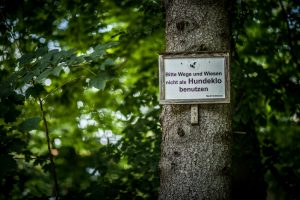 It’s a constant discussion amongst dog owners here in Schliersee, ”Why exactly do I have to pick up after my dog when all other animals are allowed to defecate wherever they wish?”. Are the reasons simply cosmetic or a real environmental concern? Do the dog droppings somehow affect our precious cheese production? Isn’t it just considered fertilizer like the cow and horse manure?
It’s a constant discussion amongst dog owners here in Schliersee, ”Why exactly do I have to pick up after my dog when all other animals are allowed to defecate wherever they wish?”. Are the reasons simply cosmetic or a real environmental concern? Do the dog droppings somehow affect our precious cheese production? Isn’t it just considered fertilizer like the cow and horse manure?
After asking many of our local farmers for the exact reason dog owners must be vigilant I decided to do a bit of research on my own. It’s very important for us dog owners to not only be respectful of our farming neighbors but for us all to live in harmony. Making sure we carry a couple biodegradable bags is a small price to pay for keeping everyone happy and healthy.
The parasite Neospora Caninum is the concern when dog owners carelessly forget to pick up after their dogs. This infection naturally leads to the development of neosporosis which is spread through dog droppings. Dogs can become infected with neospora through eating raw meat. And if cows come into contact with the parasite, it can cause them to abort. One farmer told me that if cows eat dog faeces it makes the milk and cheese taste foul.
So the long and short of the great pick up debate, yes, it is very important you remove and properly dispose of your dog’s waste in a biodegradable pick up bag. Sadly I have noticed a lot of folks are unwilling to walk to the next trash can or dog waste station. We wish Schliersee to remain a dog friendly vacation spot, so please be aware while walking your dog and clean up accordingly. Schliersee and the surrounding areas have made this job easier by installing more designated dog stations in and around the towns and lakes.
For more information on Neospora:
American artist, photographer and professional wanderer who, after 20 years of roaming, put down roots in a 100 year old Bavarian farmhouse and fell in love with the Alpine village and its residents (both 2-legged and 4-legged).
Seefest in Schliersee
Each July in both Tegernsee-Schliersee there are numerous colorful summer festivals celebrating life, summer and the tranquil waters of our alpine lakes. Locals and tourists alike gather on beer benches and soak in the summer sunshine.
Starting at 5PM in the evening of 28 July thru 30 July, brightly colored umbrellas and twinkling festival lights illuminate the tranquil turquoise lake edge in the Kurpark of Schliersee. You can find the complete festival schedule here:
http://www.schliersee.de/sommer/kultur-lebensart/feste/
Not only is Seefest chock full of delicious treats and various traditional dancing, martial arts and acrobatic groups. On Friday, opening night there will be the musical stylings of Nirwana. You can find their home page here:
Saturday night, after a full day of sipping cool drinks and sun there will be alpine horns and their haunting sounds echoing across the lakes and into the mountains. Our recording holding Goaßlschnalzer (Traditional Bullwhip performers) will do an exciting exhibition. That is always a crowd pleasure.
Once the sun has set at 10 pm there will be a brilliant firework display over the dark lake waters. It is such a beautiful way to end a Seefest Saturday in Schliersee. Always great to grab a chair and a drink and take it in.
Sunday, the final day, continues the energy of the festival with delicious food, music and dancing. Don’t forget your sunscreen and swimsuit as this lovely fest is one not to be missed.
American artist, photographer and professional wanderer who, after 20 years of roaming, put down roots in a 100 year old Bavarian farmhouse and fell in love with the Alpine village and its residents (both 2-legged and 4-legged).
Eyes Skyward
“HURRY UP and look out the window” is a cry you hear daily in our house. Life n the mountains can be full of wonder and adventure, especially with all the constant weather changes. We have experienced many exciting environmental moments since our move to Schliersee. From waking to find red Saharan sand covering everything to experiencing the psychedelic wonder of Fire Rainbows oozing across the sky. I can honestly say there has not been a dull moment.
With a vigilant eye on the sky and ever present camera at the ready I have been lucky enough to capture a few of Mother Nature’s Alpine phenomena. If you plan to spend time in the Schliersee area, it is very helpful to keep a watch on the weather as it is constantly changing in the mountains. A reliable meteorological app or website is very important and I highly recommend the site Bergfex to get accurate hourly forecast.
One of the most common weather occurrences in Schliersee is called Foehn. A föhn or foehn is a type of dry, warm, down-slope wind that occurs in the downwind side of a mountain range. Without getting too technical foehn winds create some incredible cloud formations like the wave shaped cloud called a “Kelvin-Helmholtz” Cloud and the most recognizable cloud associated with foehn, the cigar or flying saucer shaped “Lenticular” clouds. Many people complain of headaches or general discomfort from the pressure caused by foehn and you will often here people discussing it or blaming it for almost anything negative.
January is a month known for snow and white landscapes but on our very first January in Neuhaus we were witness to an amazing sight. While out on a walk the sky above started to glow and swirl in an intense rainbow of colors. I would describe it as an effect like oil on water. This incredibly rare sight turned out to be what is called a “Circumhorizontal arc” or “Fire Rainbow”. It was like seeing Borealis in the daytime. I stopped a man working in his garden and pointed at the sky excitedly and he looked and shrugged very unimpressed and mumbled “foehn”. What was a once in a lifetime experience for us seemed to be a common occurrence for this area.
As beautiful as our landscapes are here in Schliersee it is often the ever changing “sky-scapes” that awe and inspire this photographer daily. Try not to be deterred or discouraged if the forecast is for rain, just throw on some water proofing and head out on a walk. It is when you least expect it that Mother Nature paints the sky most dramatically.
Bergfex: http://www.bergfex.com/sommer/schliersee-neuhaus-spitzingsee/wetter/
American artist, photographer and professional wanderer who, after 20 years of roaming, put down roots in a 100 year old Bavarian farmhouse and fell in love with the Alpine village and its residents (both 2-legged and 4-legged).
The Secret Side of the Maypole Tradition
As you might have already noticed, I love everything about ancient cultural traditions. One of my personal favorites, the Bavarian tradition of the Maypole, I believe might just be one of the most fun.
A Maypole or Maibaum is a tall tree that has been stripped of it’s branches and is either left natural or painted with the classic Bavarian blue and white. Besides the decorative stripped and checked painting a Maypole has either crests symbols or figures jutting off the sides which represent the many different craftsman guilds of the village. The Maypole is erected by the young men of the “Burschenverein” a kind of Maypole club. They are placed in the village square on the first day May. The t of May or Mayday is often called Workers Day.
Much of what I have already written is common knowledge so I won’t bore you with more facts. But were you aware that much of the work that goes into making a Maypole must be done in secret? For the its own safety? This is absolutely true! It is tradition for the young people of other villages to stealthily steal the Maypole from another town and to hold it hostage for unbelievable amounts of beer and food. There are many famous thefts of Maypoles including the legendary 2004 theft of the massive one on the top of Germany’s highest mountain, the Zugspitze which was done by helicopter.
I learned firsthand how much effort is put into the safe keeping of the pole when I first moved to Schliersee and was motivated to stop and take some photos of a Maypole in progress in one of our neighboring villages. I would stop by from time to time to see the various stages from natural tree to hand hewn pole and onto the finish painting. On one of my last visits I had the definite feeling that I was being watched. Just behind me was a mobile wagon used on construction sites, peering out of each window were nervous faces of young men. I had to laugh to myself thinking t they must be wondering if I am doing reconnaissance for another village to come steal their Maypole.
Every effort is made to secure the safety of the Maypole and therefore the honor of the village or town. I have seen 24 hour video camera coverage. Recently here in Schliersee a radio personality moved in and kept watch over the local Maypole 24 hours a day. It was great fun to watch as he was visited by various people, blessed by the local church and even pizza was delivered to him so he didn’t have to leave his post. You are required to pay the ransom for the stolen Maypole and with astronomical ransoms being the norm, guarding that pole is a serious business.
As with everything in Germany there is a list of rules and basic decorum for stealing another villages Maypole which must be followed. I have acquired the list for you incase you are feeling the need to invade your neighboring town.
Bavarian rules for Maypole Theft:
- No rooted trees must be stolen, the tree must have already been felled.
- Trees must not be stolen from the forest, since wood theft is otherwise punished.
- The maypole must be stolen only when it finds itself within the place, for it is only then that it is a maypole.
- You cannot steal your own town’s Maypole. It is forbidden.
- The tree must be stolen secretly and undetected.
- The tree must not be sawn or damaged.
- Violence against guardians must never be applied.When a guardian from the village puts his hand on the tree, he cannot be touched by the thieves.
If violence is used, the police are often switched called, which is always unfavorable for the preservation of the custom. So basically keep it a clean.
- If the thieves within the municipality boundary are surprised at the transport, they must return their prey without a fight. If you are found within the town stealing the Maypole you have to give it back.
- Once the Maypole is erected it can no longer be stolen.
- Boards and wreaths must not be stolen, only the tree itself. So the decorative attachments must he stay
- If the theft was successful, the parties enter into ransom negotiations.No extreme claims may be made.
- It is permitted to steal a stolen Maypole back, either from third parties or from the defendants.The rules must also be strictly adhered to.
- Traditionally, the Maypole thieves help to erect the trees and help with decorating as well.
- If negotiations fail, it is considered additional blessing to those who stole the Maypole.After a few weeks, the Maypole sawn and auctioned.Before that on the “ Schandbaum” or “Shame-Tree,” a panel is often affixed, on which the thieves express their disappointment by mocking.
- After reconciliation peace is restored.The tradition of the maypole should be handled in such a way that lawyers are unnecessary.
Let this be a reminder to anyone who might be interested in attempting to steal a Maypole this year….always follow the rules and keep it fun.
American artist, photographer and professional wanderer who, after 20 years of roaming, put down roots in a 100 year old Bavarian farmhouse and fell in love with the Alpine village and its residents (both 2-legged and 4-legged).
Eisheiligen and Spring’s Folkloric Lesson
A bitter spring snow storm is a great reminder of the importance of listening to certain local folklore. One of my first homes in Germany was a cozy garden apartment and I spent many a day puttering around the garden with the my landlord’s elderly father. He taught me many wonderful folk stories and many I still follow to this day.
One evening while we raced about finding containers and blankets to tuck in and protect our new little plants from the dropping temperatures and icy precipitation I was reminded of one very important lesson I was taught those many years ago. Here in Germany there are weather saints called the “Eisheiligen”, who dictate when you should begin your spring planting. They serve an important purpose because it is easy to get lured by beautiful early spring sunshine to start plotting and planting your garden. Especially after a long hard winter.
The Eisheiligen are so important here in Germany that they have their own calendar which tells you when it is safest to plant each year. Not only do they have a calendar but they have names and their particular date which are as follows for 2017:
Termine 2017
- Mamertus – Thursday, 11. Mai 2017
- Pankratius – Friday, 12. Mai 2017
- Servatius – Saturday, 13. Mai 2017
- Bonifatius – Sunday, 14. Mai 2017
- Kalte Sophie – Monday, 15. Mai 2017
For European farmers and gardeners 20-25 May seems to be the magical date deemed safe enough for animals to come out of the barns as well as seedlings to be planted. I have always wondered about this because many times people believe the first day of May to be the beginning of frost free time. But if you get the chance, you often see safe inside neighbors garages abundantly planted flower boxes waiting for the right date to be put out on display.
Creating those amazing flower boxes is an article for another day. Right now, as I sit here watching the snow fall I think I will put another log on the fire and go find my warm winter clothing I obviously put away too soon.
American artist, photographer and professional wanderer who, after 20 years of roaming, put down roots in a 100 year old Bavarian farmhouse and fell in love with the Alpine village and its residents (both 2-legged and 4-legged).

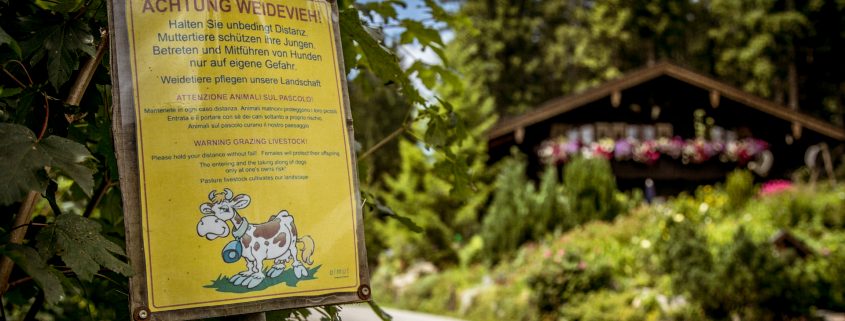
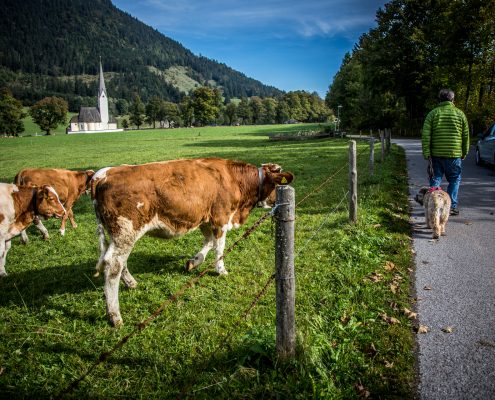
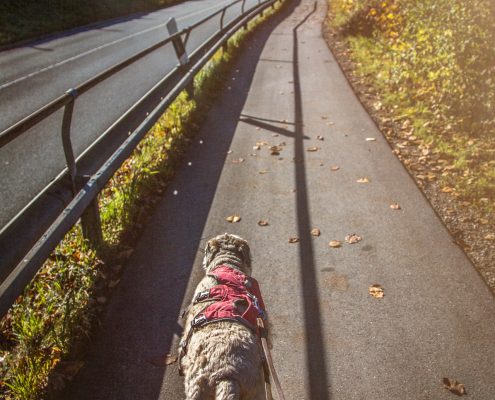
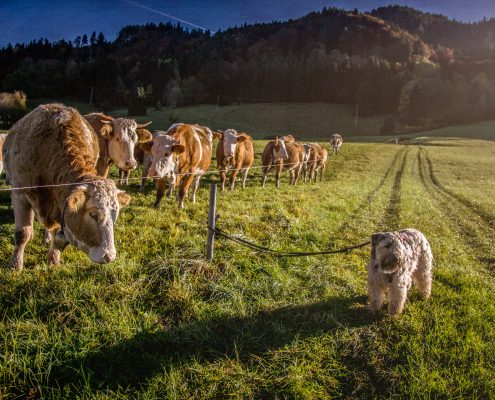
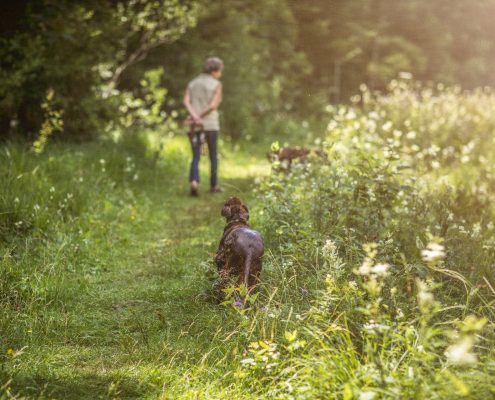
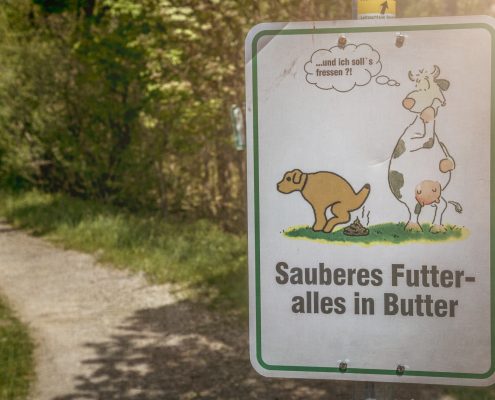
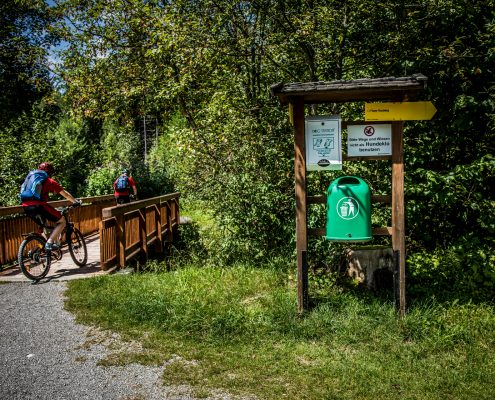
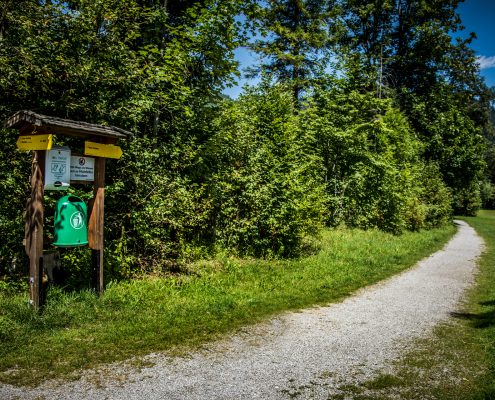
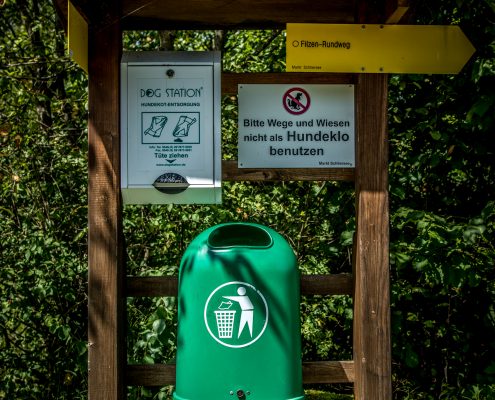
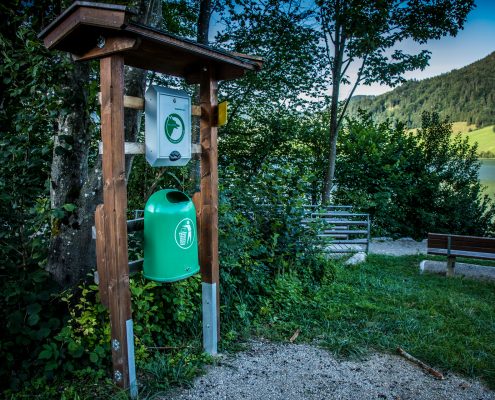
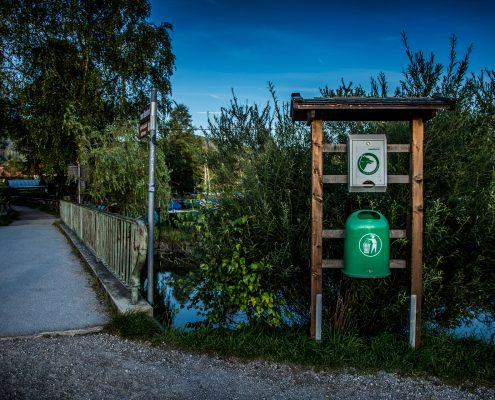
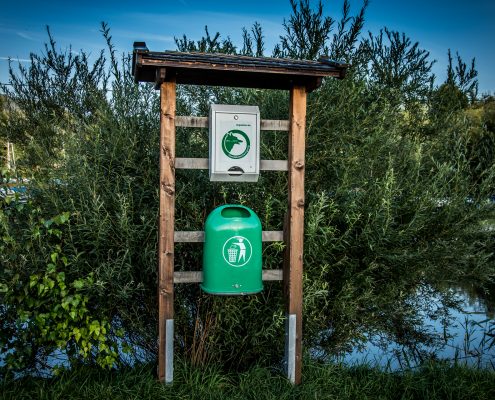
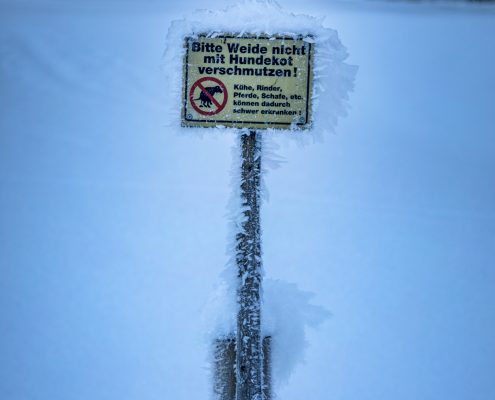
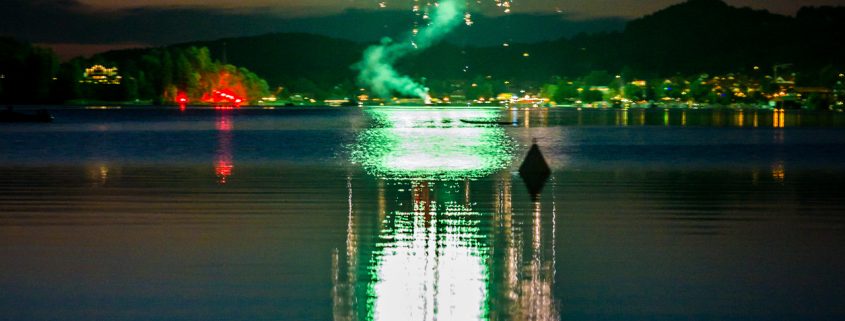
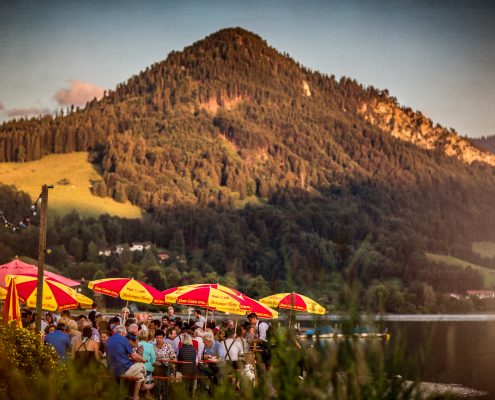
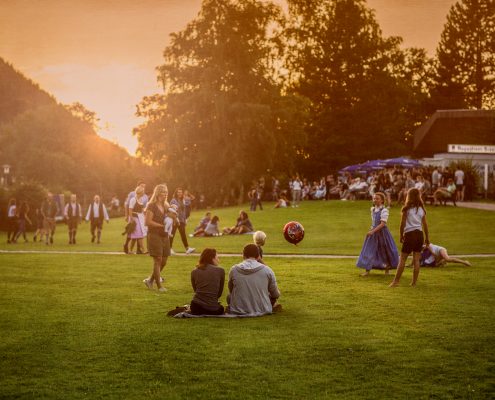
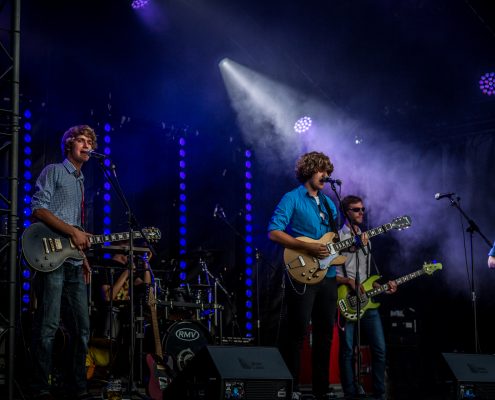
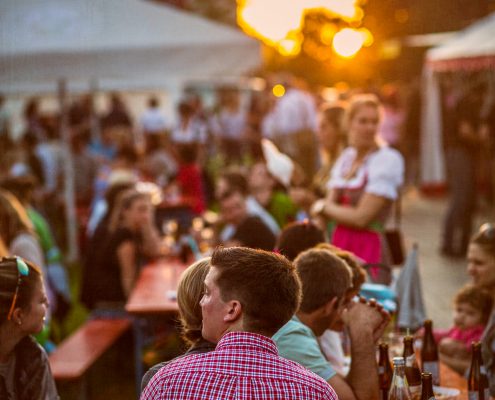
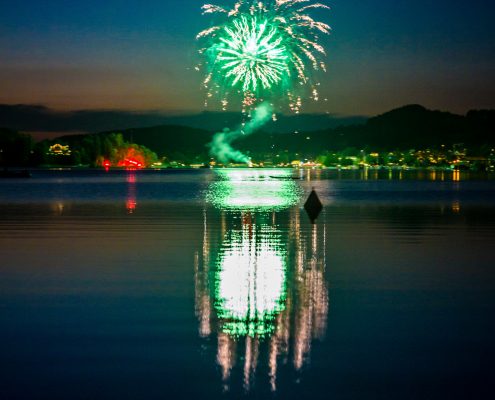
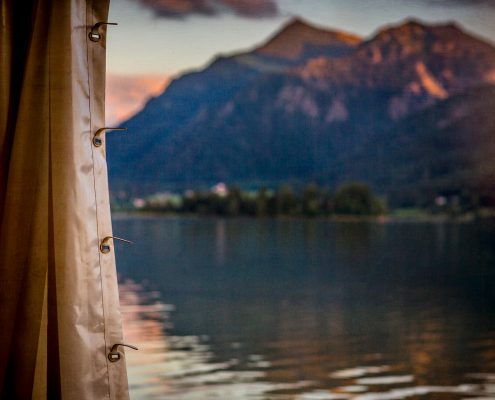
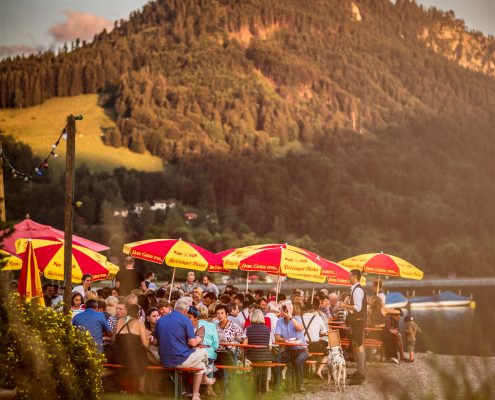

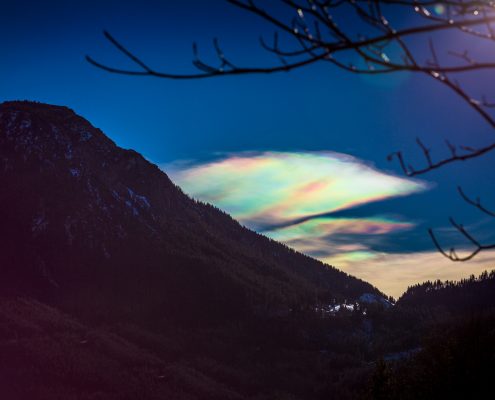
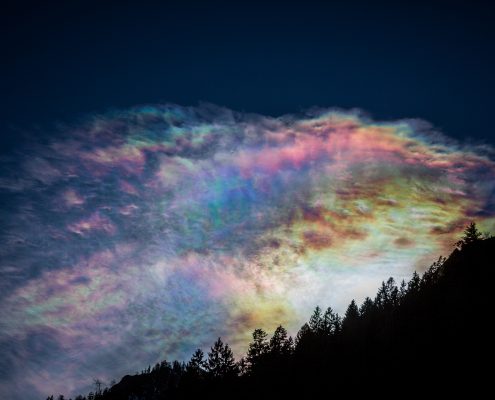
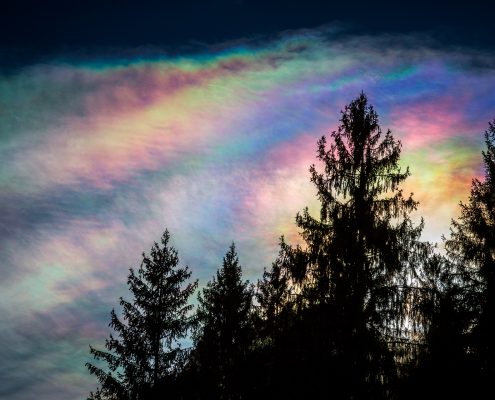
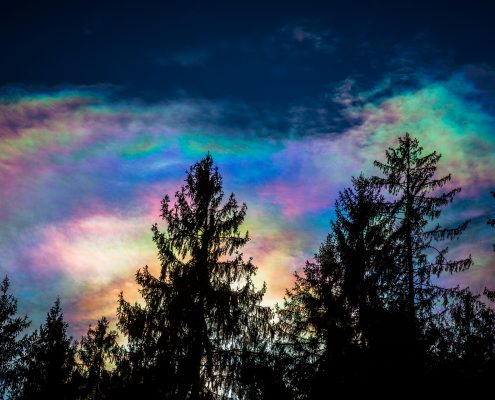
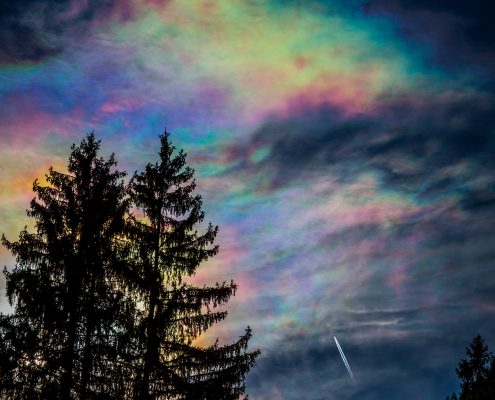
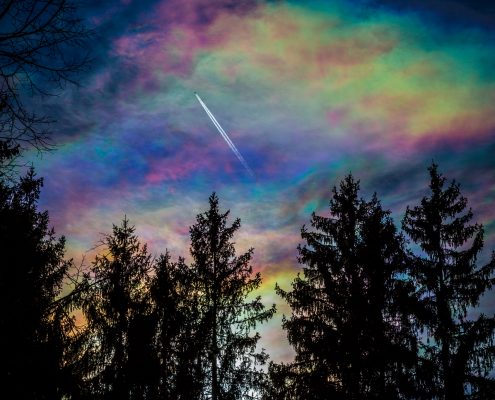
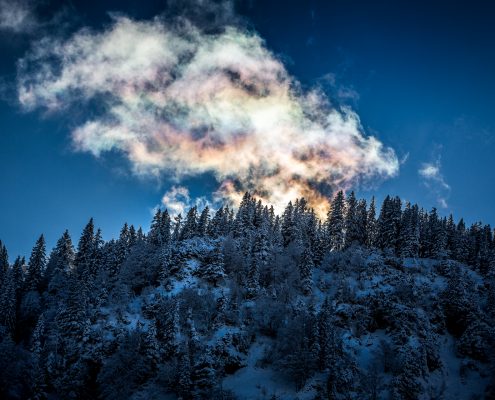
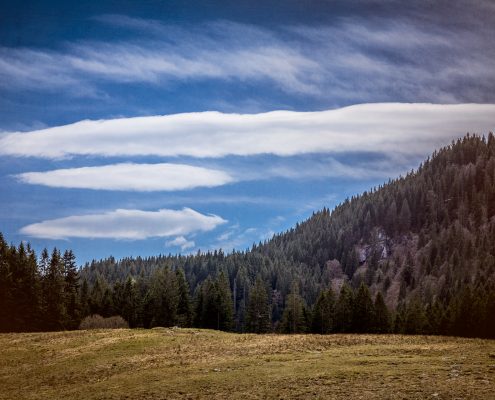
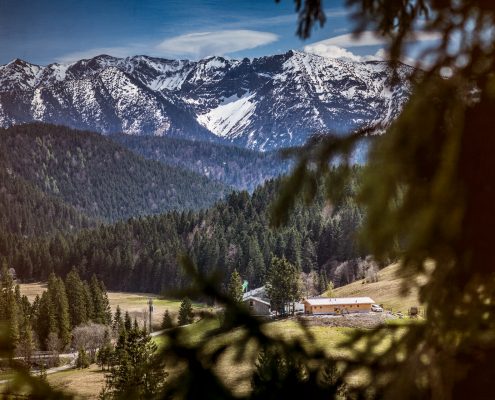
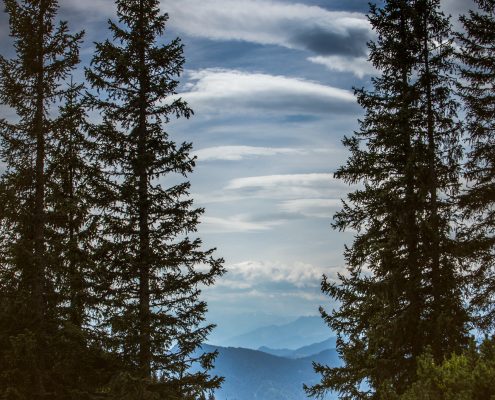
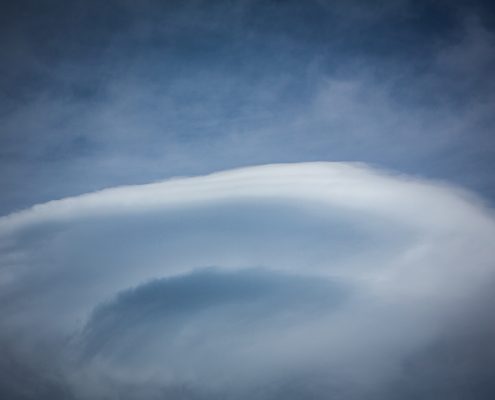
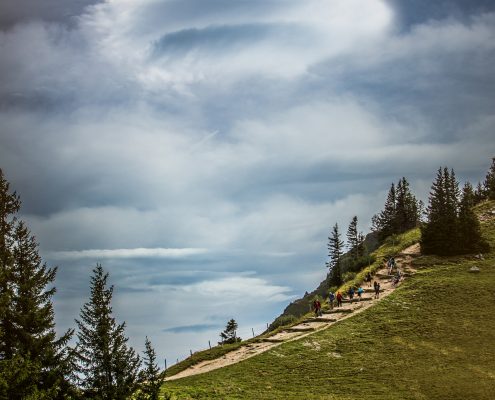
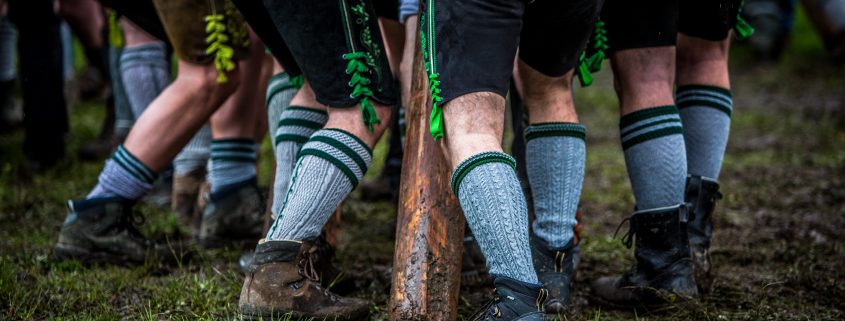

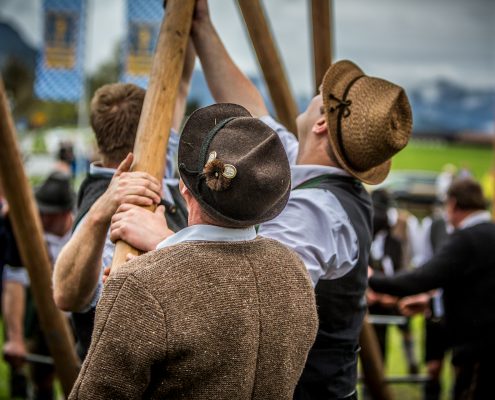
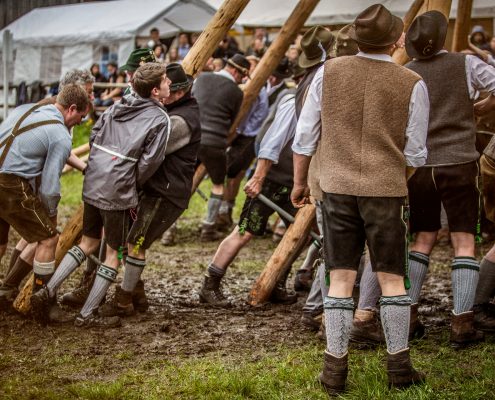
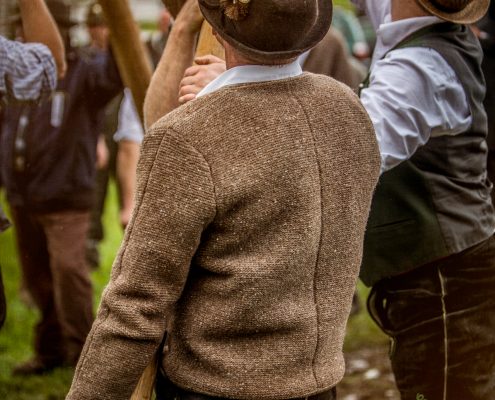
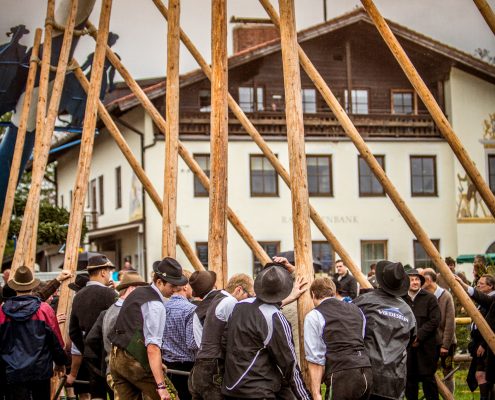
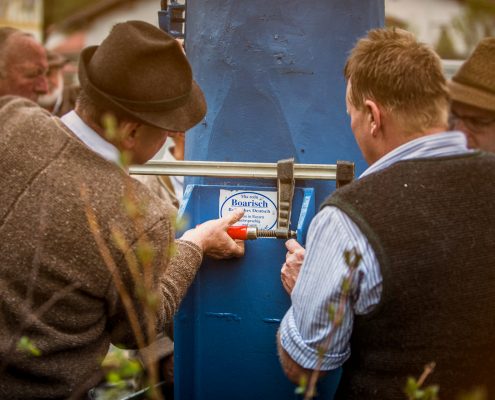
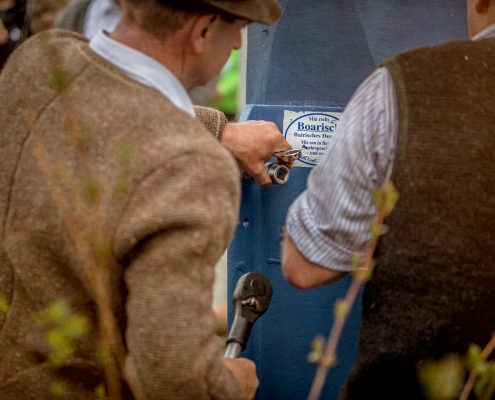
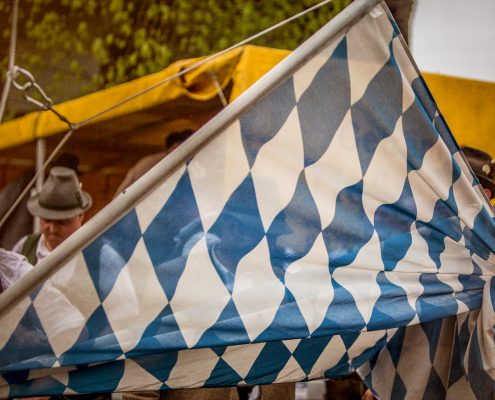
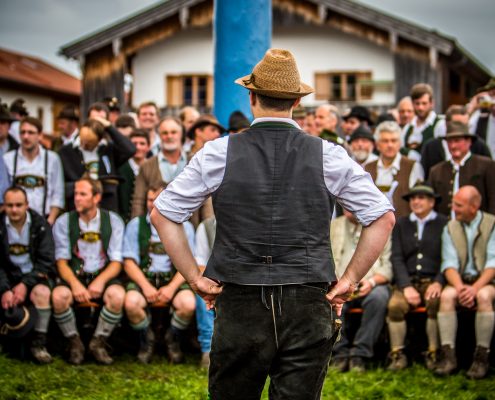
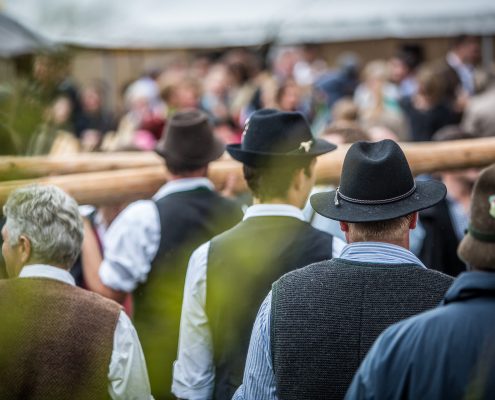
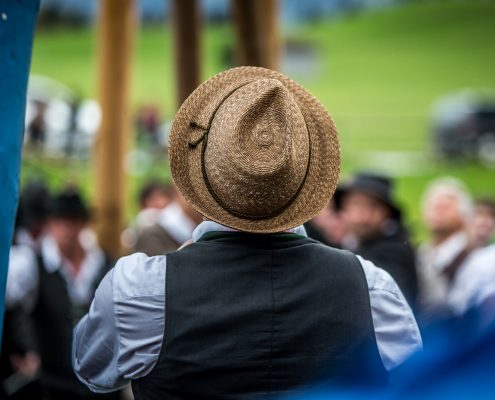
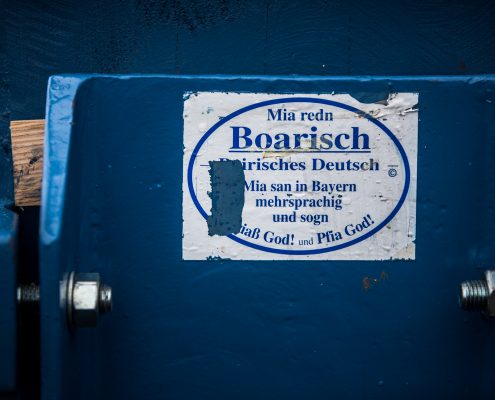
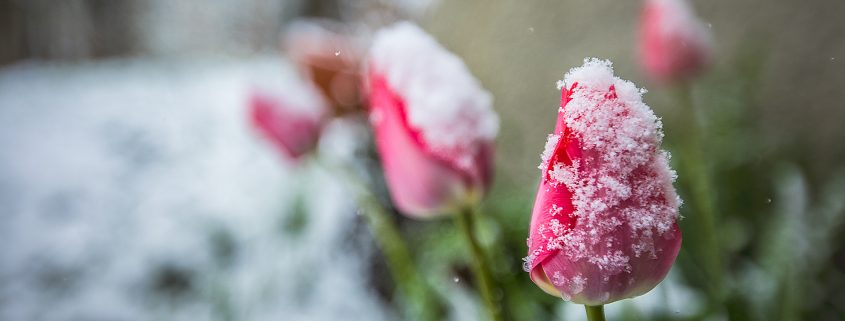
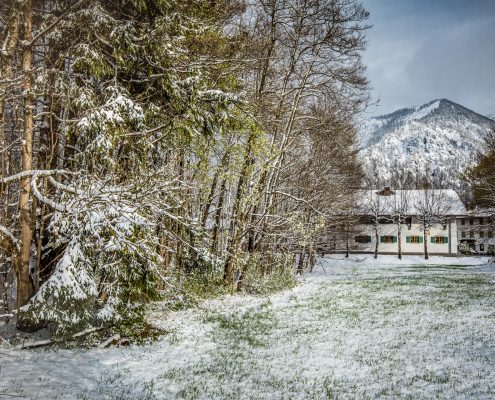
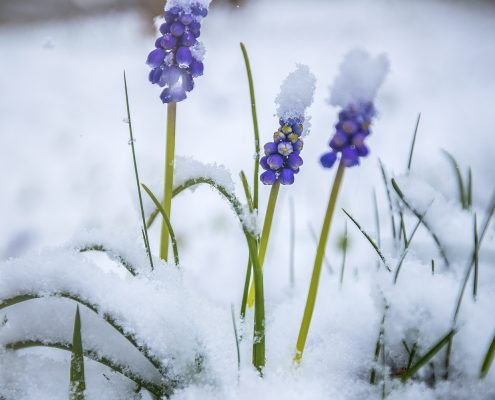
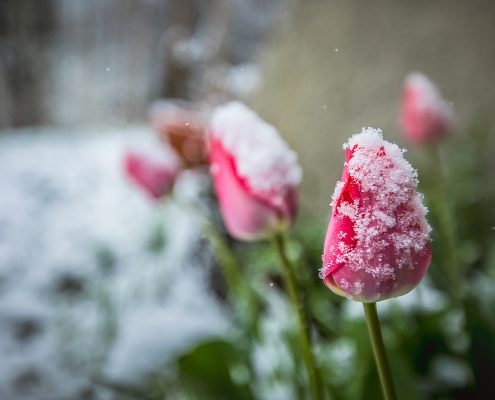
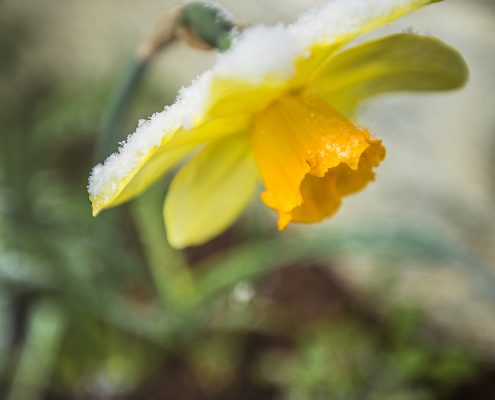
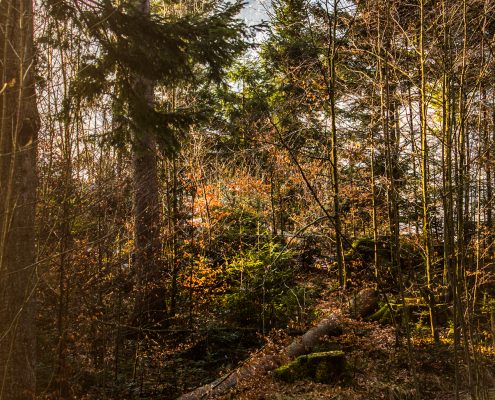
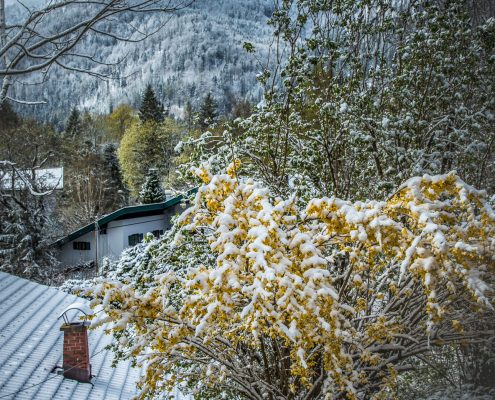
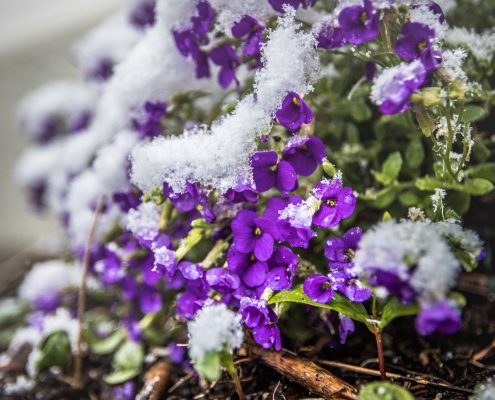
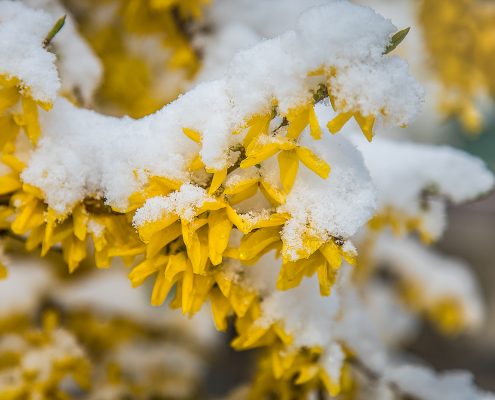
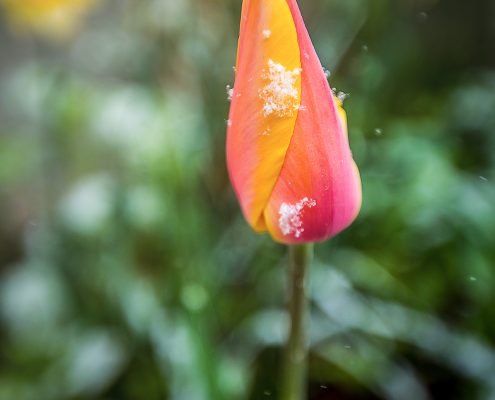
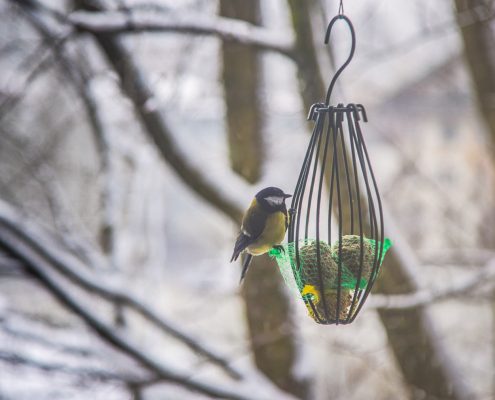
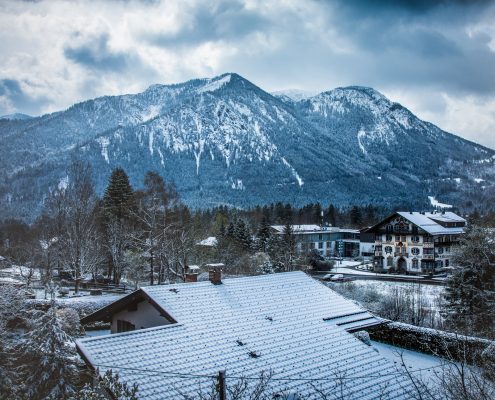
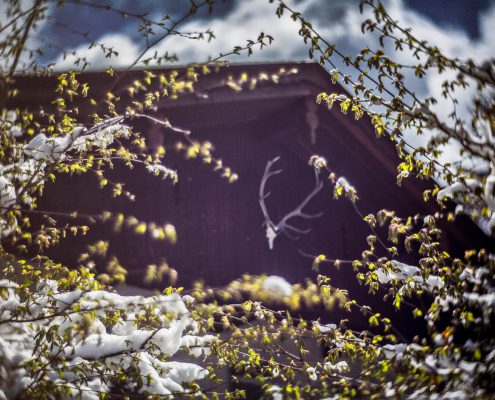
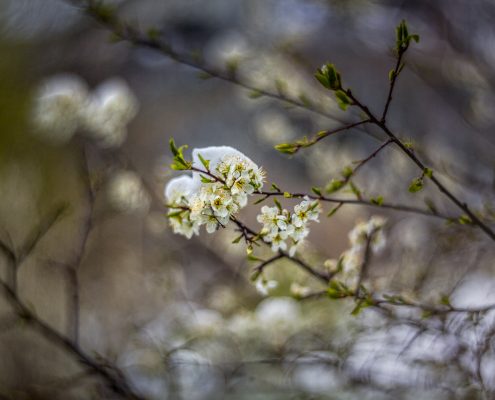
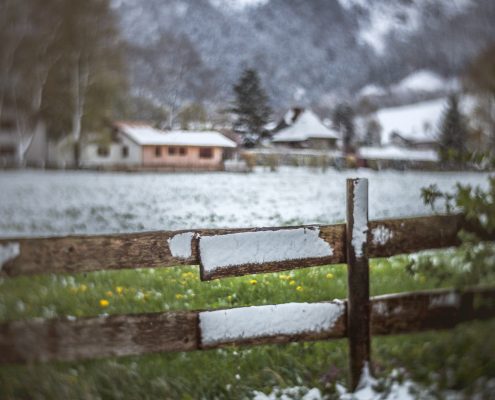
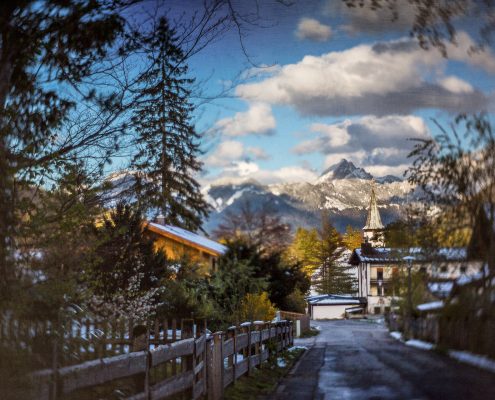
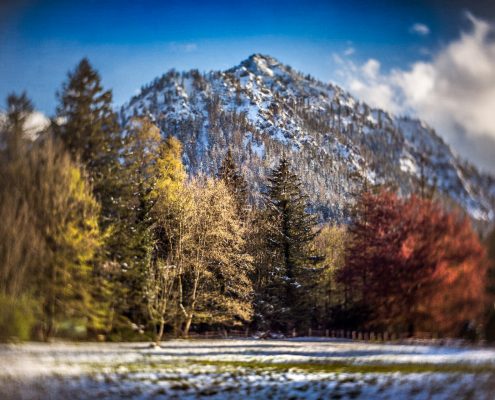
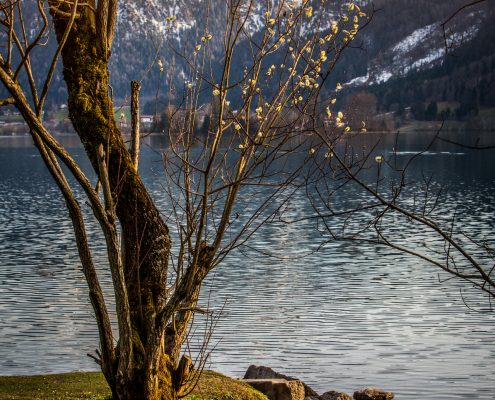
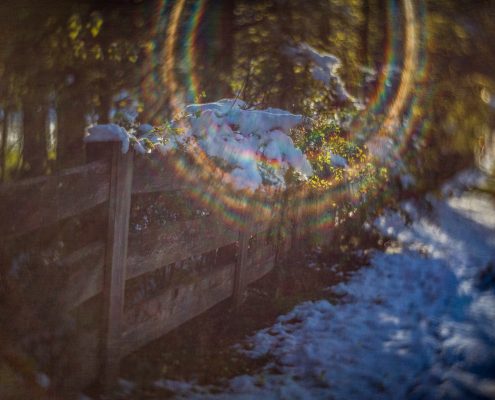
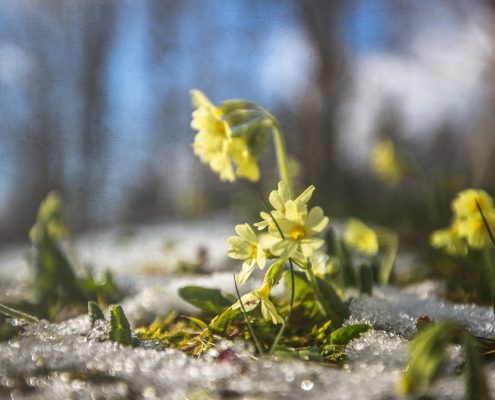
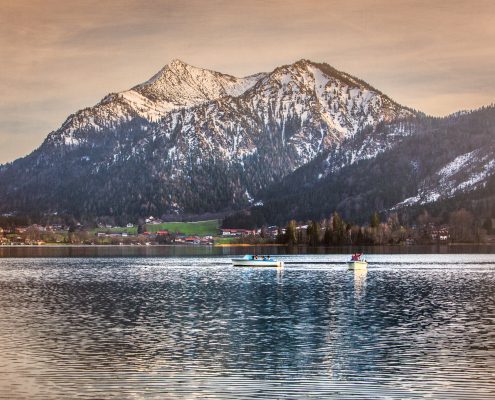
Du muss angemeldet sein, um einen Kommentar zu veröffentlichen.